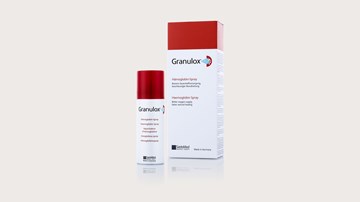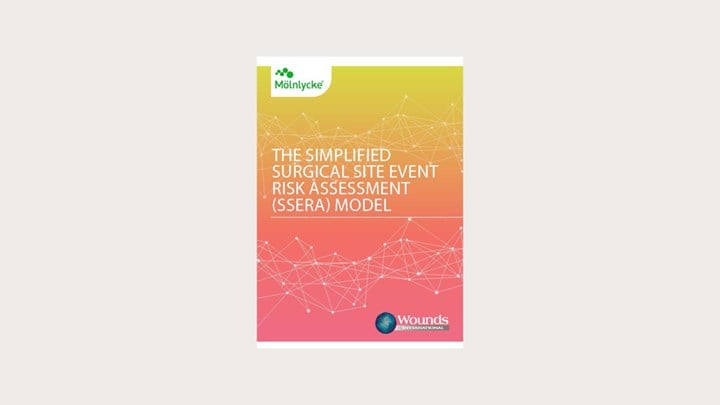Start recovery right
Using Risk Assessment

Inadequate post-operative care leads to increased surgical site infections (SSIs) and additional pain for high-risk patients. It results in slower recovery times, longer hospital stays and higher costs for healthcare services already under pressure.
At Mölnlycke, our aim is to give patients the best chance of recovery, without complication. Which is why we developed a post-operative risk assessment tool to support healthcare professionals identify and mitigate surgical risk factors and create tailored incision care treatment pathways for patients on an individual basis.
What is Risk Assessment and why is it needed?

Benefits
- While the identification of the obvious high risk patient may not require the use of an assessment tool, risk assessment tools will aid in identifying patients not so obviously at increased risk of SSC who may benefit from the application of advanced therapies such as ciNPT
- To secure against habituated use of advanced therapies such ciNPT where there is unlikely to be clinical benefit
Top 3 individual risk factors:
1. Obesity
2. Diabetes
3. ASA >3
Top 3 procedure-related risks:
1. Surgical urgency
2. Incision class
3. Surgery duration

Studies indexed in PubMed were identified through the following search terms:
- Surgical site infection
- Risk factors
- Surgical risk factors
- Surgical site risk assessment.
A total of 1,059 abstracts were found, from which 20 validated surgical site risk assessment tools were identified. It is through an assessment of these tools that we developed the risk assessment framework.
For clarity and ease of use, we classify risk as being either:
- Intrinsic (patient-related)
- Extrinsic (procedure-related)
'References'










Accordingly, the risk assessment framework is structured to enable identification of patients most at risk but does not obviate the need for more detailed consideration of risk factors relevant to specific procedures and patients.